What effect do tyres have on aerodynamics?
We get the lowdown on how correct tyre choice can help to lower drag
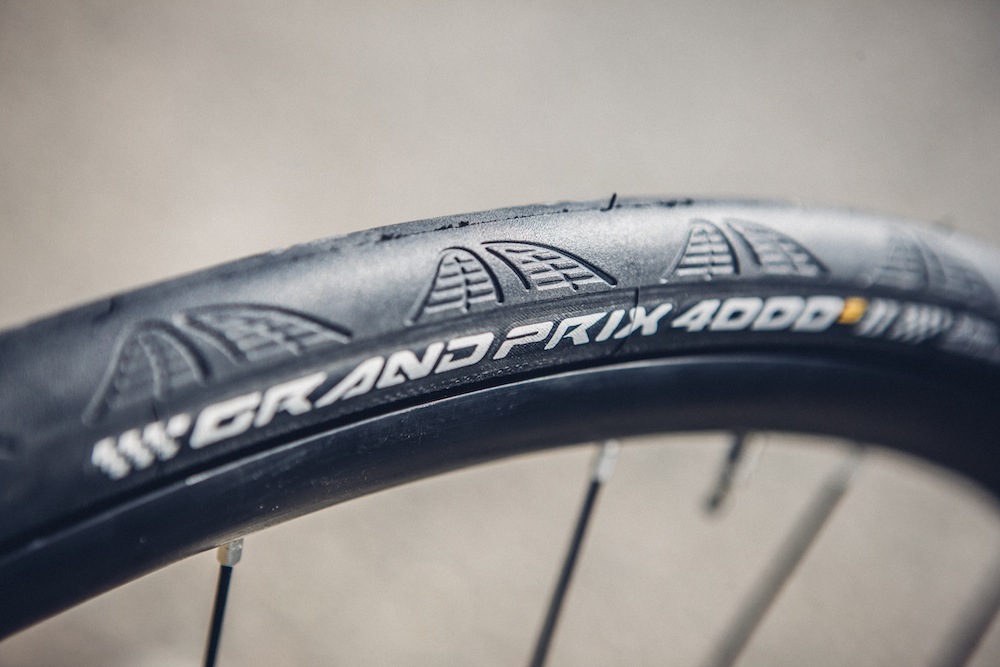
It’s ingrained into the psyche of most road cyclists that aero wheels will make you faster, but most of us pay far less attention to the tyres we stick on them.
Tyres form the leading edge of the wheel, so how important are they and are some better than others?
Jean-Paul Ballard is an aerodynamicist, engineer and co-founder of Swiss Side, who has over 14 years’ experience as a lead engineer in Formula One teams.
>>> Buyer's guide to road bikes tyres
He has looked into this very area and explains:
“The tyre is very important for an aero wheel. Without the right tyre, the aero wheel will not work aerodynamically because the airflow will stall at very low sidewind angles.”
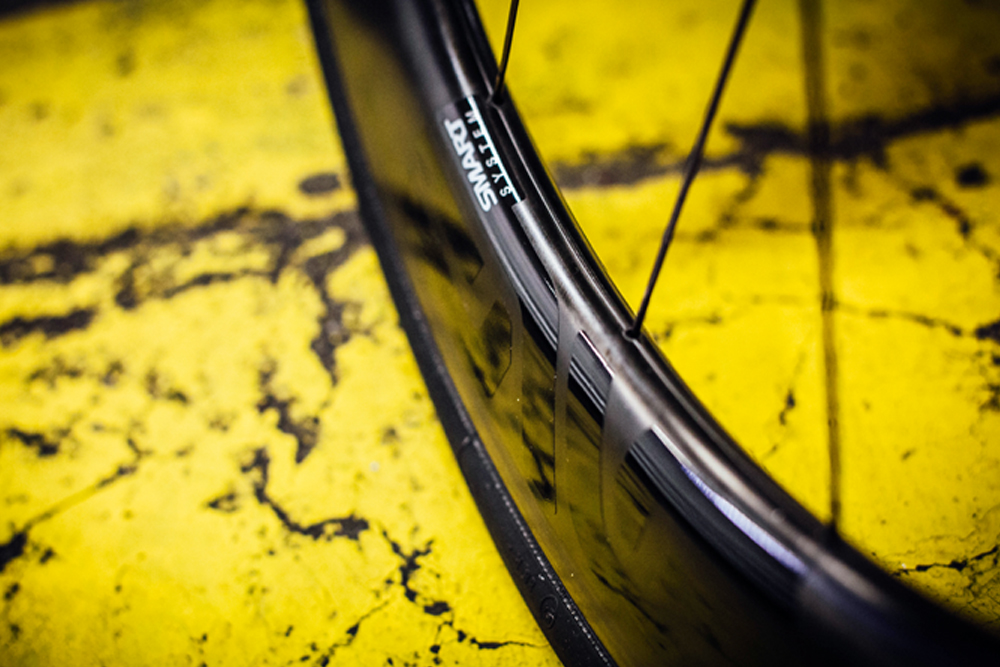
Engineer and aerodynamicist Paul Lew is also actively researching this area at the Faster wind tunnel facility in Scottsdale, Arizona.
Lew suggests: “The three major considerations and relative contributions that will influence the aerodynamic performance of the tyre are, firstly, tyre diameter/rim width — 80 per cent; secondly, the tyre tread — 15 per cent; and finally, the wheel rotational velocity — five per cent."
The next question is, which tyre is the most aerodynamic? According to Lew "it’s typical to expect that a tyre with a diameter 2-4mm smaller than the brake track width will be the best aerodynamic selection based on tyre diameter.”
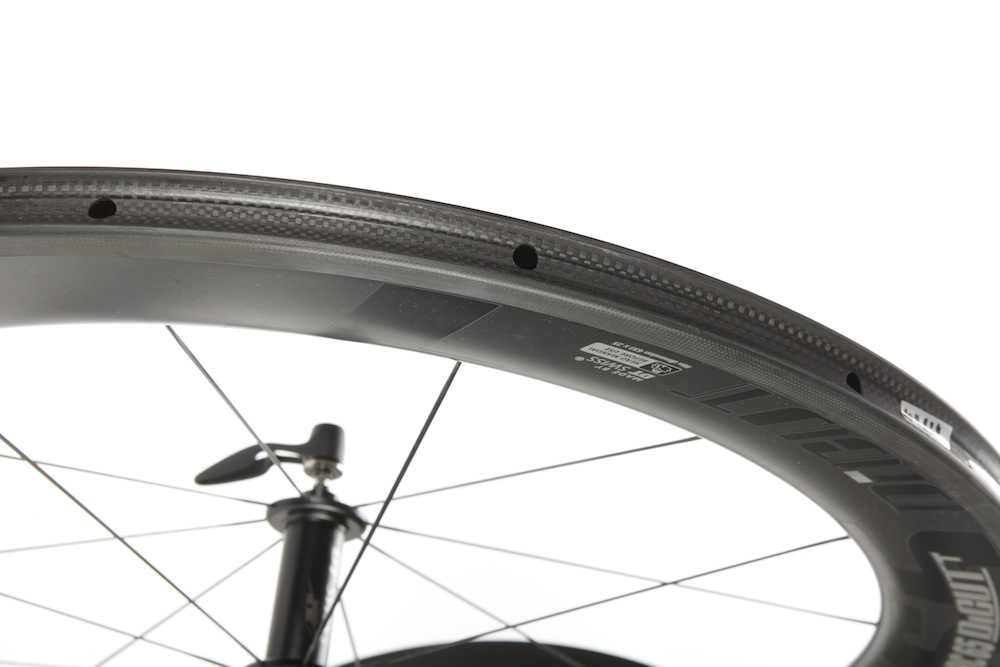
Ballard has tested different tyre models by analysing wind tunnel performance. His findings suggest factors other than width can be very important.
“The Continental GP4000S II has a sidewall profile which works very well for switching the boundary layer to a turbulent state at the right position on the tyre.
"With these tyres, all aerodynamic wheels, regardless of the brand, can work to their maximum potential,” he explains.
Watch now: Buyer's guide: Road bike tyres
“On the other hand, using a slick tyre without tread will almost always stall, regardless of the wheel, meaning that all the aerodynamic performance of the wheel is lost.”
We asked Continental for comment on this and asked if the GP4000S was designed this way.
>>> How much faster are aero wheels? (video)
According to Continental, the aerodynamics of the GP4000 “wasn’t a design feature, but the shape is good and the tread gives micro turbulence as a 23mm on a wider rim”.
It would appear that the observed aerodynamic prowess of the Continental GP4000 is down to serendipity.
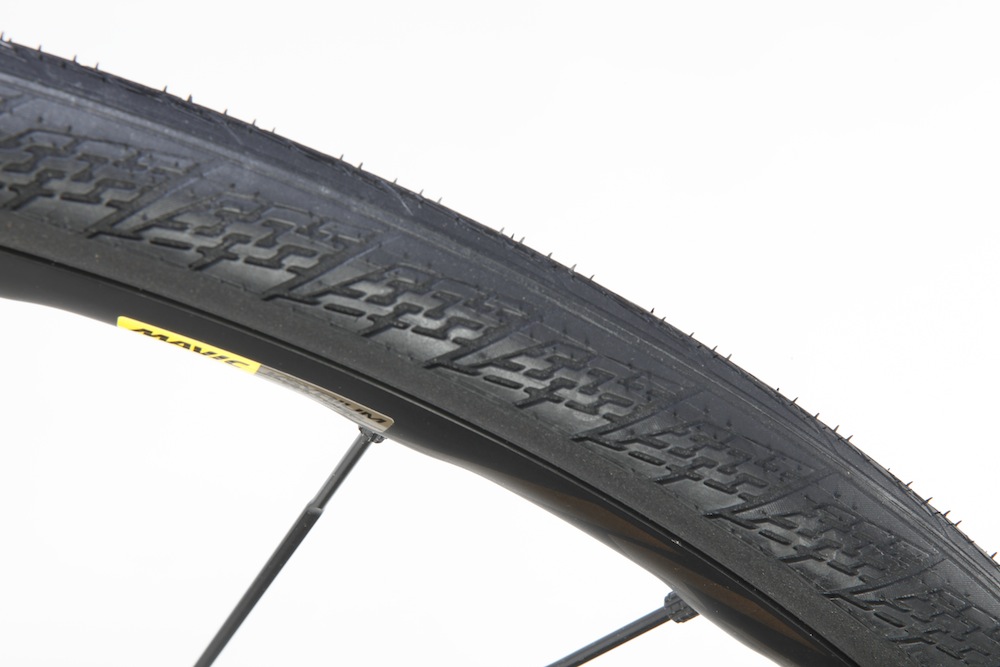
However, aerodynamics is just one part of the equation: tyres also have to exhibit low rolling resistance and wider tyres roll better.
With this is mind, is there a point where aerodynamics becomes more of a factor in a tyre’s performance than rolling resistance?
Ballard has combined rolling resistance measurements on rolling roads with the wind tunnel and explains:
“We see this point to be roughly at around 30-35kph. This is only important for the front wheel. For this reason, for time trial and triathlon, we recommend a 23mm tyre on the front and a 25mm tyre on the rear.”
>>> Clinchers, tubulars and tubeless – which tyre system is the fastest? (video)
It would appear others in the industry agree and Canyon is now deliberately equipping specific models with Continental tyres in this width.
Looking at rolling resistance in isolation, the GP4000 is good, but by no means the fastest tyre — something confirmed by our own rolling resistance testing.
Factoring in both aerodynamics and rolling resistance, Ballard believes the GP4000 is still the best performer as a front tyre.
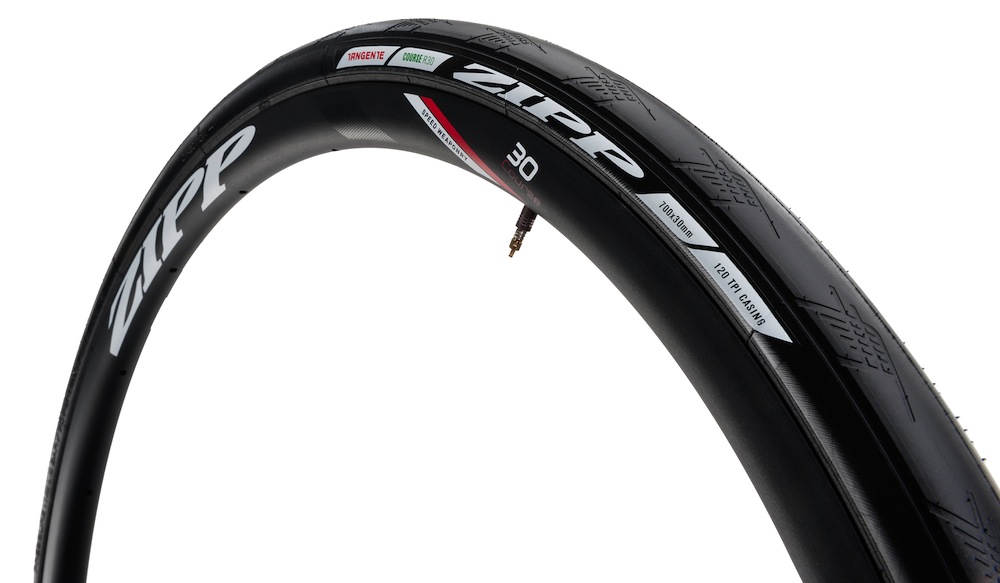
However, before we all go out and buy Continental tyres, Lew stresses that the aero performance of specific tyres and wheels is system-dependent:
“When a wheelset is added to a bicycle, the interaction with the bicycle frame can change the performance results.
Typically, in a test of 10 individual wheels, once mounted to a bicycle frame, the wheels may shift ranking by as much as three positions.”
Jean-Paul Ballard - Co-founder of Swiss Side
How do aero wheels work and how can tyres improve this?
"Aero wheels work by ‘sailing’ when there is a crosswind. The wheels start to generate thrust and can push you forwards, starting at crosswind angles of only a few degrees.
"A top-level aero wheel like our Hadron 800 can offer up to 30W of drag reduction at a 15° onset flow angle.
"However, the tyres are very important for this sailing effect due to a complicated aerodynamic effect called the ‘boundary layer transition’.
"Basically, for the flow not to stall at the tyre the airflow on the surface of the wheel needs to be in a ‘turbulent’ flow state.
"The flow needs to be ‘tripped’ from a laminar to a turbulent state already on the tyre. This is achieved by the sidewall of the tyre having the right level of profiling.
"A smooth or slick tyre will not work aerodynamically, which is counter-intuitive! You need the right tyres to condition the airflow to benefit from optimum aerodynamics."
Our take
If you own or are in the market for some bling deep-sections and are going to be riding at over 35kph, to do them justice you need to fit a tyre that matches the rim.
The best tyre will depend on the rim you have and it is best to avoid a wide tyre that mushrooms out beyond the rim.
The observed aero prowess of the GP4000 was serendipitous and further research into aero tyre design should generate greater understanding.
In the meantime, tyre and wheel companies are working together to develop tyres with improved aerodynamics and rolling resistance.

Thank you for reading 20 articles this month* Join now for unlimited access
Enjoy your first month for just £1 / $1 / €1
*Read 5 free articles per month without a subscription

Join now for unlimited access
Try first month for just £1 / $1 / €1
Get The Leadout Newsletter
The latest race content, interviews, features, reviews and expert buying guides, direct to your inbox!
Oliver Bridgewood - no, Doctor Oliver Bridgewood - is a PhD Chemist who discovered a love of cycling. He enjoys racing time trials, hill climbs, road races and criteriums. During his time at Cycling Weekly, he worked predominantly within the tech team, also utilising his science background to produce insightful fitness articles, before moving to an entirely video-focused role heading up the Cycling Weekly YouTube channel, where his feature-length documentary 'Project 49' was his crowning glory.
-
 Aero bikes with gravel wheels?: Six tech insights from Paris-Roubaix Femmes
Aero bikes with gravel wheels?: Six tech insights from Paris-Roubaix FemmesEverything we found out about tyre widths, self-inflating systems, and wheel choices from the cobbled Monument
By Tom Davidson Published
-
 'This race is absolutely disgusting': Peloton reacts to another brutal Paris-Roubaix Femmes
'This race is absolutely disgusting': Peloton reacts to another brutal Paris-Roubaix FemmesNow in its fifth edition, Paris-Roubaix Femmes is still a tough race, even for the best bike riders in the world
By Adam Becket Published